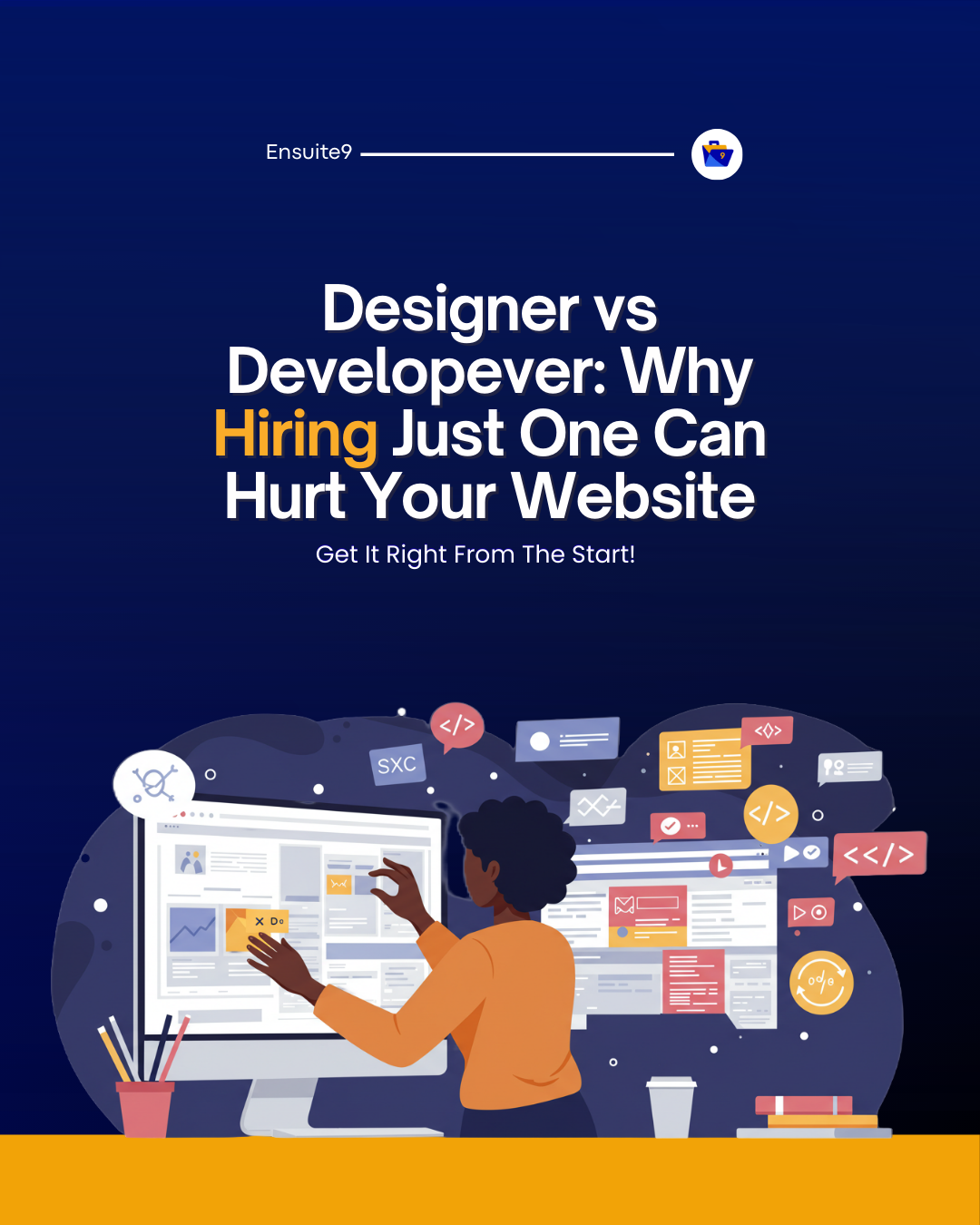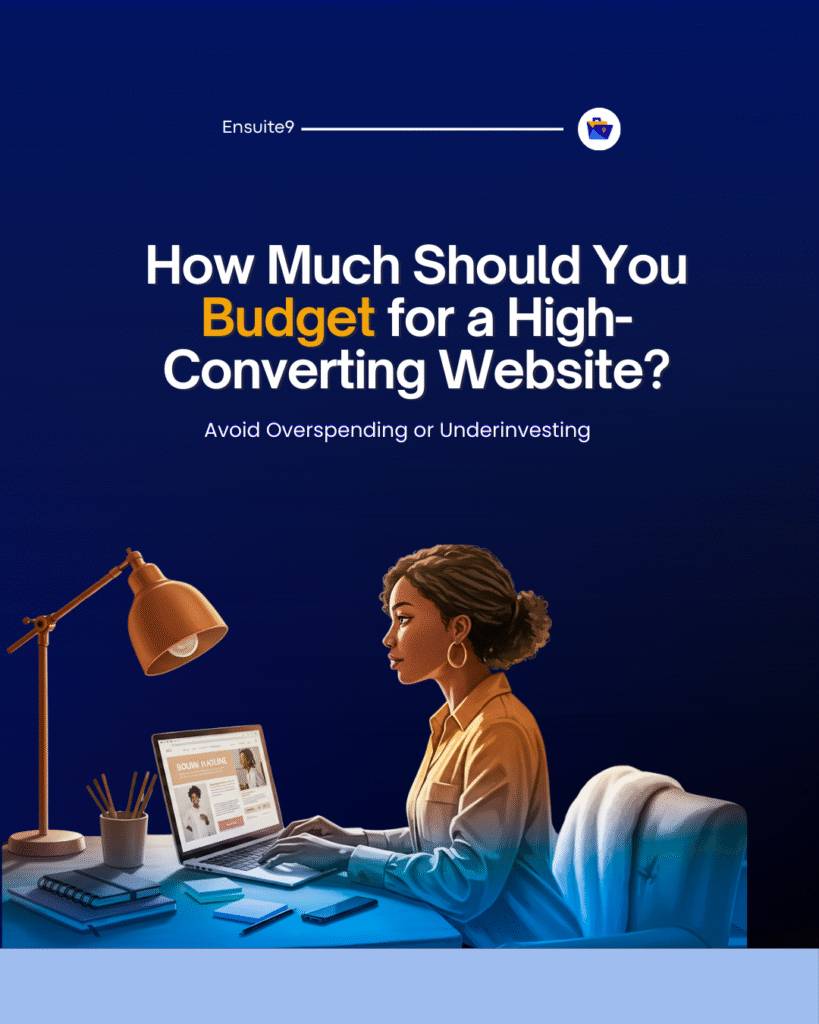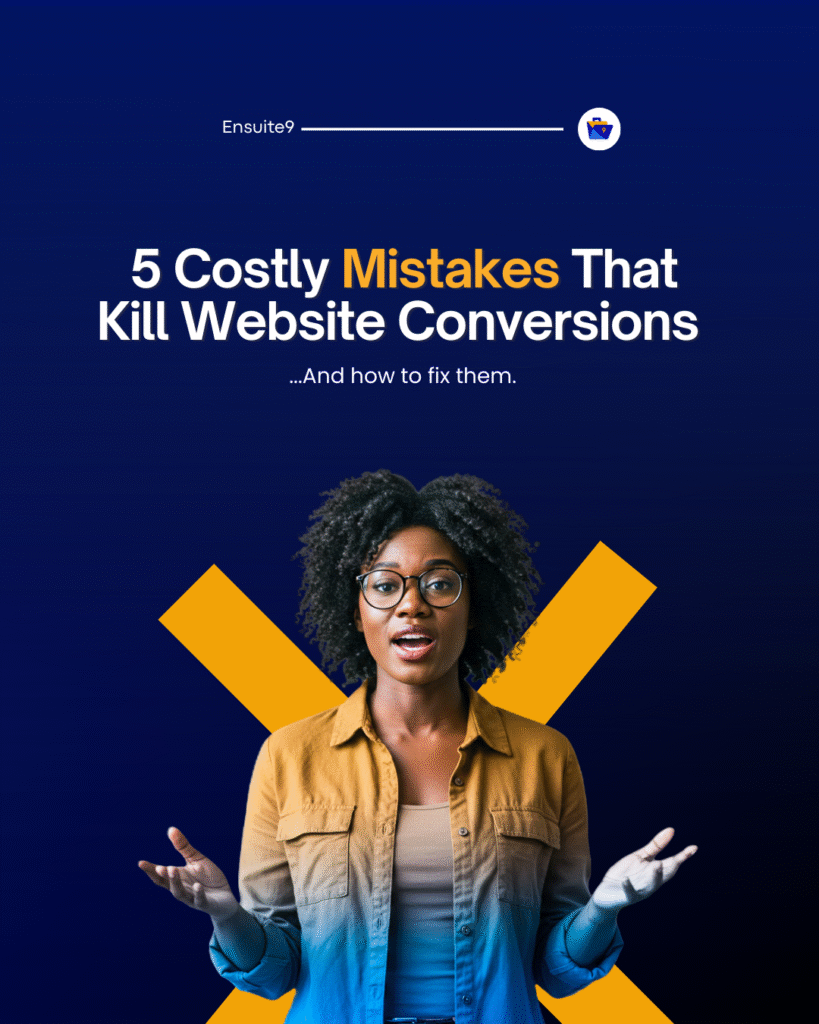Ever tried hiring someone to “build your website” and ended up wondering what exactly they’re doing—designing the look or writing the code? Both? Is that even possible?
That confusion usually stems from misunderstanding design vs development in web projects. These are not the same thing, and if you’re only paying for one, you might be setting yourself up for a frustrating (and expensive) experience. This is because relying on just one can lead to a beautiful website that doesn’t work, or a functioning site that feels outdated or clunky.
This post will help you understand the difference—and how both roles work together to bring your vision to life.
Web Design vs Web Development
Web design is all about the feel and aesthetics. It focuses on the layout, color palette, typography, visual hierarchy, and overall user experience (UX) and interface (UI). Good design catches attention and makes navigation feel intuitive. But make no mistake—design alone isn’t enough to make your site run. It has to serve purpose, guide behavior, and be visually aligned with your brand.
A designer makes sure your site is: Visually appealing, Easy to use, Aligned with your brand and Optimized for conversions.
Example: Think of Apple’s website. The sleek, minimal design immediately communicates premium quality and innovation. The design sets the tone before a single product feature is explained.
The Role of UX and UI in Design:
UI (User Interface): The visual touchpoints like buttons, menus, icons, and images.
UX (User Experience): The journey a user takes—from landing on the homepage to completing a purchase.
Without strong UX/UI design, even the best products won’t convert well because users get frustrated and leave. But here’s the catch: design is only half the job.
Web development is the technical side, i.e., turning designs into a fully functional, interactive website using code. Think of it as the engine under the hood. A developer builds responsive layouts (for feasibility across devices), fine-tunes load speed, connects databases, gets forms working, customises coding functionality (like booking systems), ensures browser compatibility, ans integrates third-party tools (email platforms, CRMs, etc.). Without it, your “perfect” design remains nothing more than a static image.
Web developers use programming languages like HTML, CSS, JavaScript, PHP, Python, or Ruby to bring the design to life. They’re responsible for making sure pages load correctly, forms capture data, buttons work, and e-commerce checkouts are secure.
There are two main types:
Front-End Development: Focused on implementing the design (how everything looks and works on the user’s end).
Back-End Development: Deals with the server, databases, and behind-the-scenes processes (like payment processing, data storage, or account login systems).
Example: On Amazon, the development ensures that when you add an item to your cart, the system updates in real time, checks your account, calculates shipping, and processes payment securely.
Without proper development, even the most beautiful design is just a static image. In short: Design makes it beautiful. Development makes it work.
Why Hiring Just a Designer—or Just a Developer—Can Hurt Your Website
Many business owners fall into this trap: They hire a designer who doesn’t code. They get stuck when it’s time to “go live.” Or they hire a developer who isn’t a designer, the site functions, but looks outdated or hard to use. And some assume one person can do both. That person might be stretched thin and deliver average results on both ends.
In reality, combining both skill sets perfectly is rare, and trying to juggle both can lead to average results on both ends.
Some freelancers and agencies (like Ensuite 9) have teams that handle both, or hybrid professionals who can manage the full scope. But it’s critical to know which hat they’re wearing, and when. Also, many professionals today are hybrids, skilled in both design and front-end development. For example, a UX designer may know enough HTML/CSS to implement simple designs, while a front-end developer may have a strong sense of design. But for larger, complex projects, relying on one person to handle both at an expert level often leads to burnout and compromise.
When You Need a Designer vs. a Developer
Wondering who to bring on board, and when? Start with a skilled designer if you’re branding from scratch or reimagining your site’s user journey. But once you’ve got visuals locked, bring in the developer to build the site, integrate features, and optimize functionality.
(See: How Our Discovery Process Bridges Design and Development Seamlessly)
When building a website, you need to ensure you’re hiring the right balance of design and development talent.
Tips for Hiring:
- Clarify Your Goals: Do you need a brand-heavy marketing site or a feature-heavy e-commerce site?
- Ask for Portfolios: Check both design (visuals, layouts) and development (functionality, performance).
- Look for Collaboration Skills: A designer and developer must communicate well.
- Avoid “Too Good to Be True” Offers: If someone says they can do everything for cheap, be cautious.
So What’s the Best Path Forward?
The bottom line: design and development are two sides of the same coin. You need both in harmony to launch a website that’s visually compelling and functionally robust. If you’re about to start a web project, don’t wing it, comment “BUILD” and we will help you plot the right path from vision to launch.
Explore Ensuite 9’s website design and development offers here


